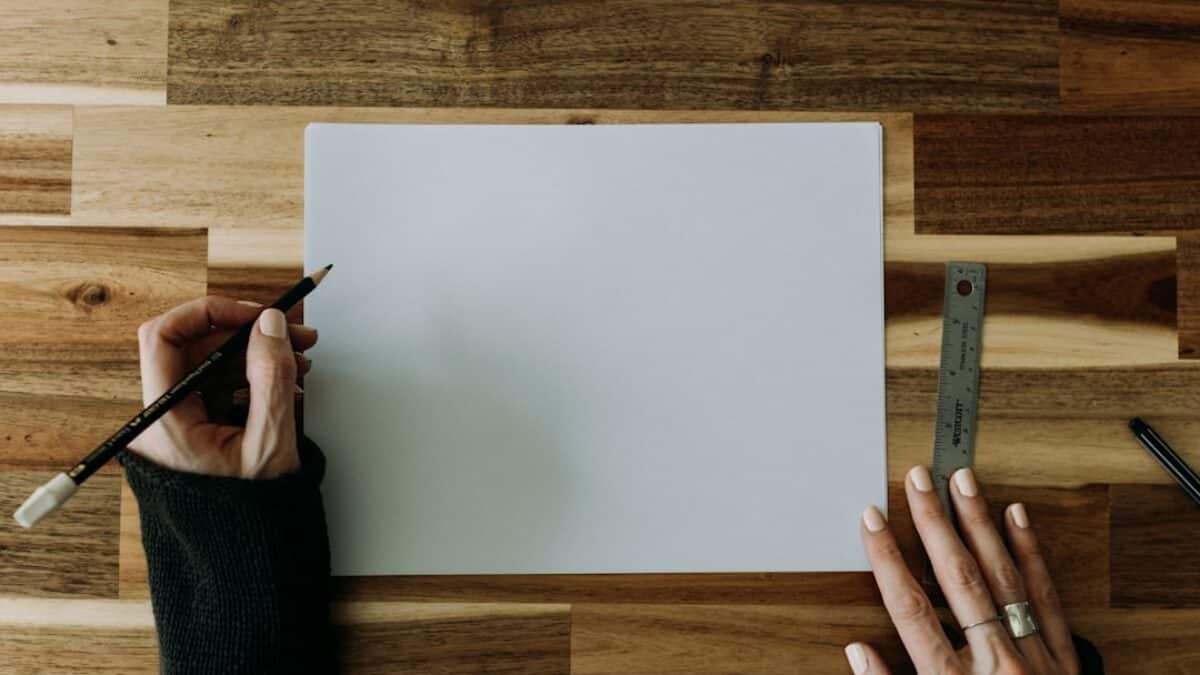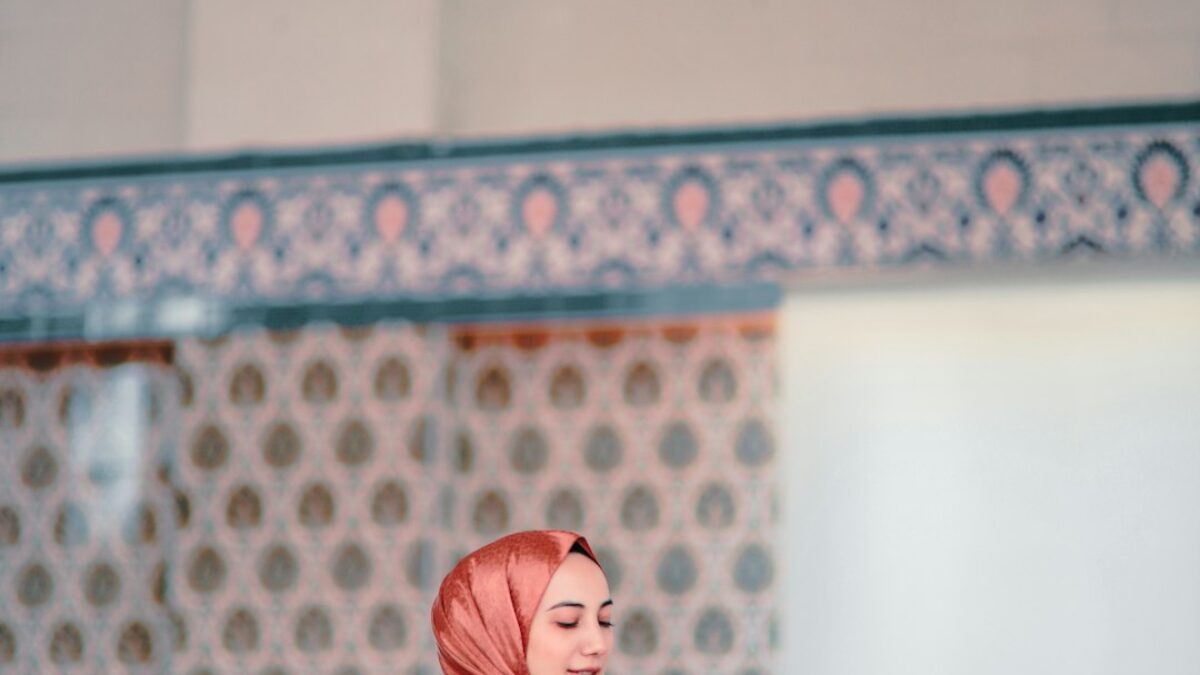Praying five times a day is the second pillar of Islam and the most visible expression of a Muslim’s faith. Yet many new Muslims—or born Muslims who never received proper instruction—find themselves anxious about “getting it right.” This guide walks you through every stage of Salah, from making wudhu (ablution) to the final salam, with practical tips, Arabic transliterations, and common pitfalls so you can pray confidently and consistently.
Understanding the Basics of Salah
What is Salah and Why is it Obligatory?
Salah is the formal ritual prayer that Muslims perform five times daily: Fajr (dawn), Dhuhr (midday), Asr (afternoon), Maghrib (sunset), and Isha (night). It was prescribed in the heavens during the Prophet’s Night Journey (Isra wal-Mi’raj) and remains the primary way Muslims maintain a living connection with Allah.
The Five Daily Prayers at a Glance
- Fajr: Begins at true dawn and ends at sunrise (2 rak‘ahs).
- Dhuhr: Begins after the sun passes its zenith until an object’s shadow equals its length (4 rak‘ahs).
- Asr: Begins when Dhuhr ends and lasts until the sun begins to yellow (4 rak‘ahs).
- Maghrib: Begins immediately after sunset and lasts until the red twilight disappears (3 rak‘ahs).
- Isha: Begins when Maghrib ends and lasts until true dawn (4 rak‘ahs).
Key Components of Salah
Purification: Wudhu (Ablution)
Salah is only valid in a state of ritual purity. Follow these steps for wudhu:
- Intention (niyyah): Silently intend to purify yourself for Salah.
- Say “Bismillah”: Begin in the name of Allah.
- Wash hands up to the wrists, three times.
- Rinse mouth and nostrils three times.
- Wash face from forehead to chin and ear to ear, three times.
- Wash arms up to and including the elbows, three times.
- Wipe head with wet fingers from front to back and back to front once.
- Wipe ears with the same wet fingers.
- Wash feet up to the ankles, three times, starting with the right foot.
Tip: Recite the dua after wudhu: “Allahumm aj‘alni min al-tawwabina waj‘alni min al-mutatahhirin.”
Facing the Qibla and Making the Intention
After purification, stand on a clean surface facing the Ka‘bah in Makkah. Form the intention for the specific prayer you are about to perform, e.g., “I intend to pray the four rak‘ahs of Dhuhr for Allah.”
The Physical Structure of a Rak‘ah
Each unit (rak‘ah) follows a set sequence:
- Takbir Tahrimah: Raise hands to ear level and say “Allahu Akbar.”
- Qiyam: Stand in wudu’ posture, recite Surah Al-Fatiha and an additional surah.
- Ruku: Bow so your back is horizontal, hands on knees, and say “Subhana Rabbiyal Adheem.”
- Rising from Ruku: Stand up saying “Sami‘a Allahu liman hamidah… Rabbana wa laka al-hamd.”
- Sajdah: Prostrate twice, saying “Subhana Rabbiyal A‘la.”
- Jalsa (sitting between sajdahs): Sit briefly and say “Rabbighfir li.”
- Tashahhud & Salam: After the final rak‘ah, sit and recite the testimony of faith, salawat on the Prophet, and end with salam.
Essential Arabic Phrases and Their Meanings
| Arabic | Pronunciation | Meaning |
|---|---|---|
| اللّٰهُ أَكْبَر | Allahu Akbar | Allah is the Greatest |
| سُبْحَانَ رَبِّيَ الْعَظِيم | Subhana Rabbiyal Adheem | Glory be to my Lord, the Most Great |
| سُبْحَانَ رَبِّيَ الْأَعْلَىٰ | Subhana Rabbiyal A‘la | Glory be to my Lord, the Most High |
| الصَّلَاةُ عَلَى النَّبِيّ | Allahumma salli ‘ala Muhammad | O Allah, send blessings upon Muhammad |
Benefits and Importance
Spiritual Rewards
- Direct conversation with Allah: The Prophet ﷺ said, “When you stand for prayer, Allah turns His attention to you.”
- Eraser of sins: Salah is like bathing in a river five times a day; it washes away your wrongdoings.
- Bridge over Hellfire: On the Day of Judgment, the five daily prayers will become a bridge for those who guarded them.
Psychological and Social Benefits
Regular prayer lowers stress, creates punctuality, and builds community bonds when prayed in congregation. Islamic history shows that entire neighborhoods were designed around the sound of the adhaan, synchronizing the daily rhythm of life with divine remembrance.
Practical Applications
Creating a Prayer Routine
Beginners often struggle with remembering prayer times. Use these practical hacks:
- Smartphone apps with azan notifications (e.g., Muslim Pro).
- Smartwatch haptic alerts for discreet reminders.
- Visual cues: Place your prayer mat where you will see it.
- Micro-routines: Link wudhu to existing habits like brushing teeth.
Step-by-Step Walkthrough: Two-Rak‘ah Fajr Prayer
- Make wudhu and cover your ‘awrah (men: from navel to knees; women: entire body except face and hands).
- Set up prayer space: Clean mat, correct qibla (use an app or compass).
- Intention: “I intend to pray the two rak‘ahs of Fajr.”
- Takbir Tahrimah: Raise hands, say “Allahu Akbar,” and place right hand over left on chest.
- Recite Surah Al-Fatiha followed by Surah Al-Ikhlas.
- Ruku: Bow, three times “Subhana Rabbiyal Adheem,” then rise.
- Sajdah: Prostrate twice, each time saying “Subhana Rabbiyal A‘la.”
- Second rak‘ah: Repeat steps 5–7.
- Tashahhud: Sit and recite At-Tahiyyat.
- Salam: Turn head right, then left, saying “As-salamu ‘alaykum wa rahmatullah.”
Common mistake: Rushing through recitations. Slow down—quality over speed.
Women in Salah: Practical Modesty Tips
- Loose, non-transparent clothing that covers the entire body except face and hands.
- Headscarf should cover hair, neck, and chest.
- Private space: If praying at work or school, use an empty room or corner.
- Mahram safety: When traveling, prioritize praying in secure, female-friendly areas.
Praying While Traveling
Islamic law offers rukhsa (concessions) for travelers:
- Qasr: Shorten four-rak‘ah prayers to two if the journey exceeds 48 miles one way.
- Jam‘: Combine Dhuhr with Asr, and Maghrib with Isha, either taqdim (early) or ta’khir (delayed).
- Direction uncertainty: If unsure of qibla, use the best available guess (e.g., prayer app).
Using Prayer Aids
| Aid | Beginner Benefit | Advanced Note |
|---|---|---|
| Prayer card with Arabic text | Guides recitation | Gradually memorize the Arabic |
| Digital counter | Avoids losing count of rak‘ahs | Eventually count mentally |
| Qibla compass | Accurate direction | Learn to estimate by sun position |
| Audio recordings | Correct pronunciation | Recite along, then alone |
Frequently Asked Questions
What if I miss a prayer due to sleep or forgetfulness?
Make it up immediately upon waking or remembering. The Prophet ﷺ said, “Whoever forgets a prayer, let him pray it when he remembers.” There is no sin in such cases, but deliberate delay is sinful.
How do I know if my wudhu is broken?
Anything that exits from the front or back passages (urine, stool, wind), deep sleep, loss of consciousness, or direct contact between opposite genders without a barrier nullifies wudhu. Minor bleeding or cuts do not break wudhu according to the majority.
Can I pray sitting down if I have a medical condition?
If standing is harmful or impossible, pray sitting on a chair or on the floor. If sitting is difficult, lie on your side facing the qibla. The prayer is valid as long as you perform every position to the best of your ability.
What if I make a mistake in recitation or lose count?
For minor mistakes, continue. For major omissions (e.g., skipping ruku), perform the prostration of forgetfulness (sujud al-sahw) at the end before the salam. If you’re unsure, make two extra prostrations after the tashahhud.
How do I teach my children to pray?
Start at age seven, encouraging them to mimic you. At ten, enforce gently. Use color-coded prayer mats, rhyming duas, and stories of the Prophets to make it engaging. The Prophet ﷺ said, “Command your children to pray when they are seven.”
Is it permissible to pray in socks or shoes?
Yes, as long as the socks or shoes are clean and you have worn them after completing wudhu
























Post Comment